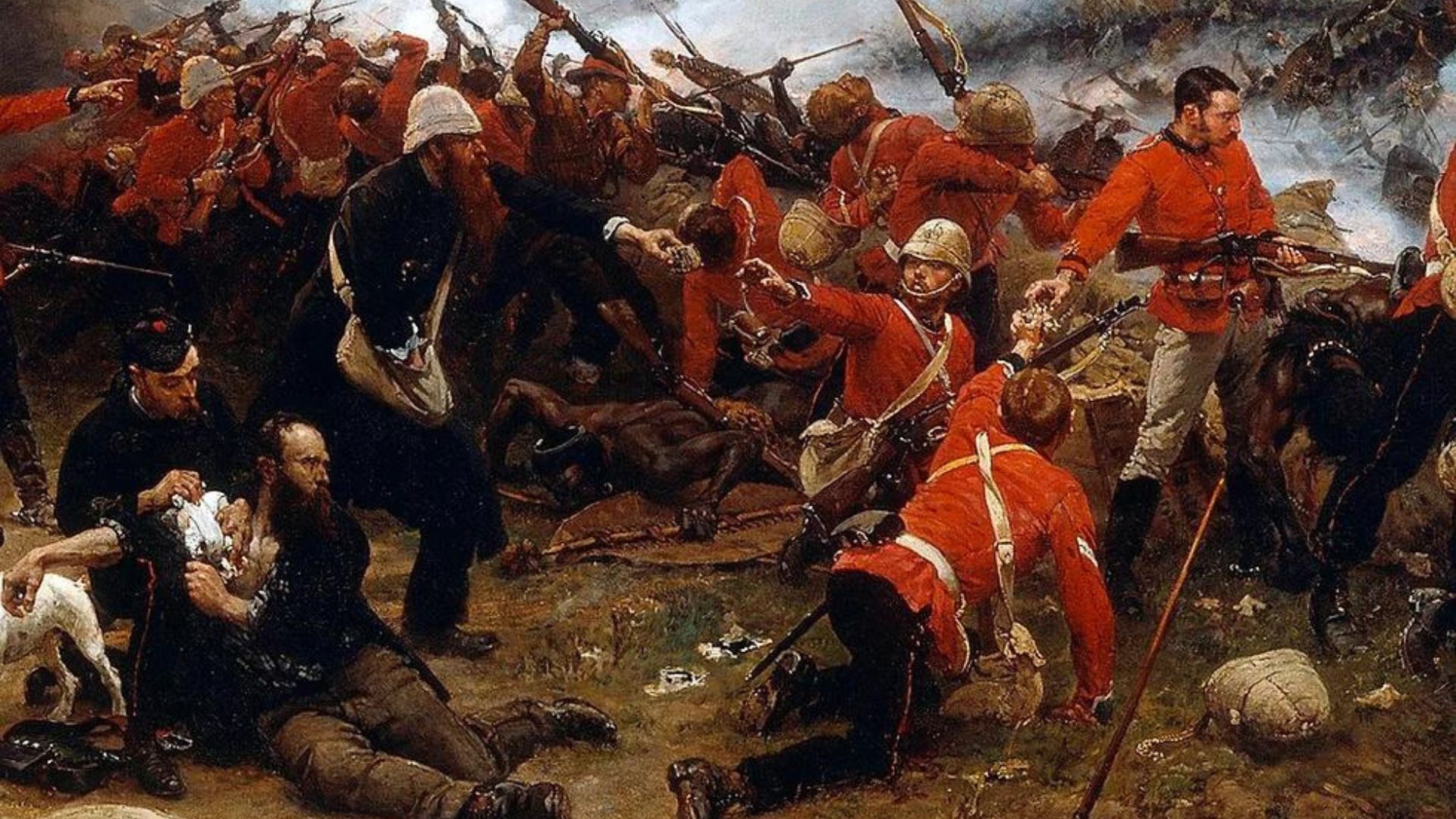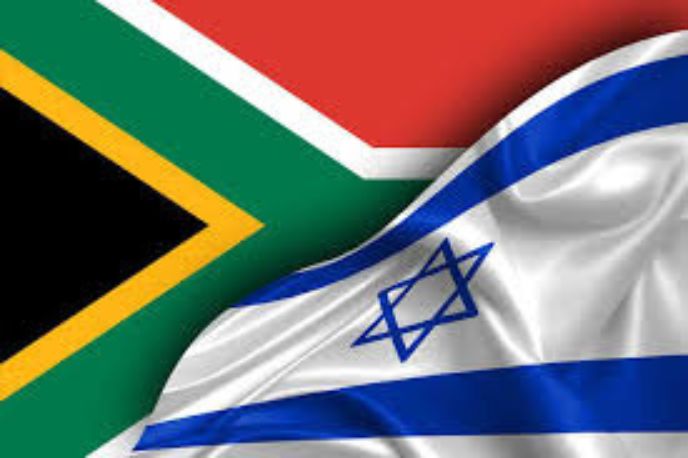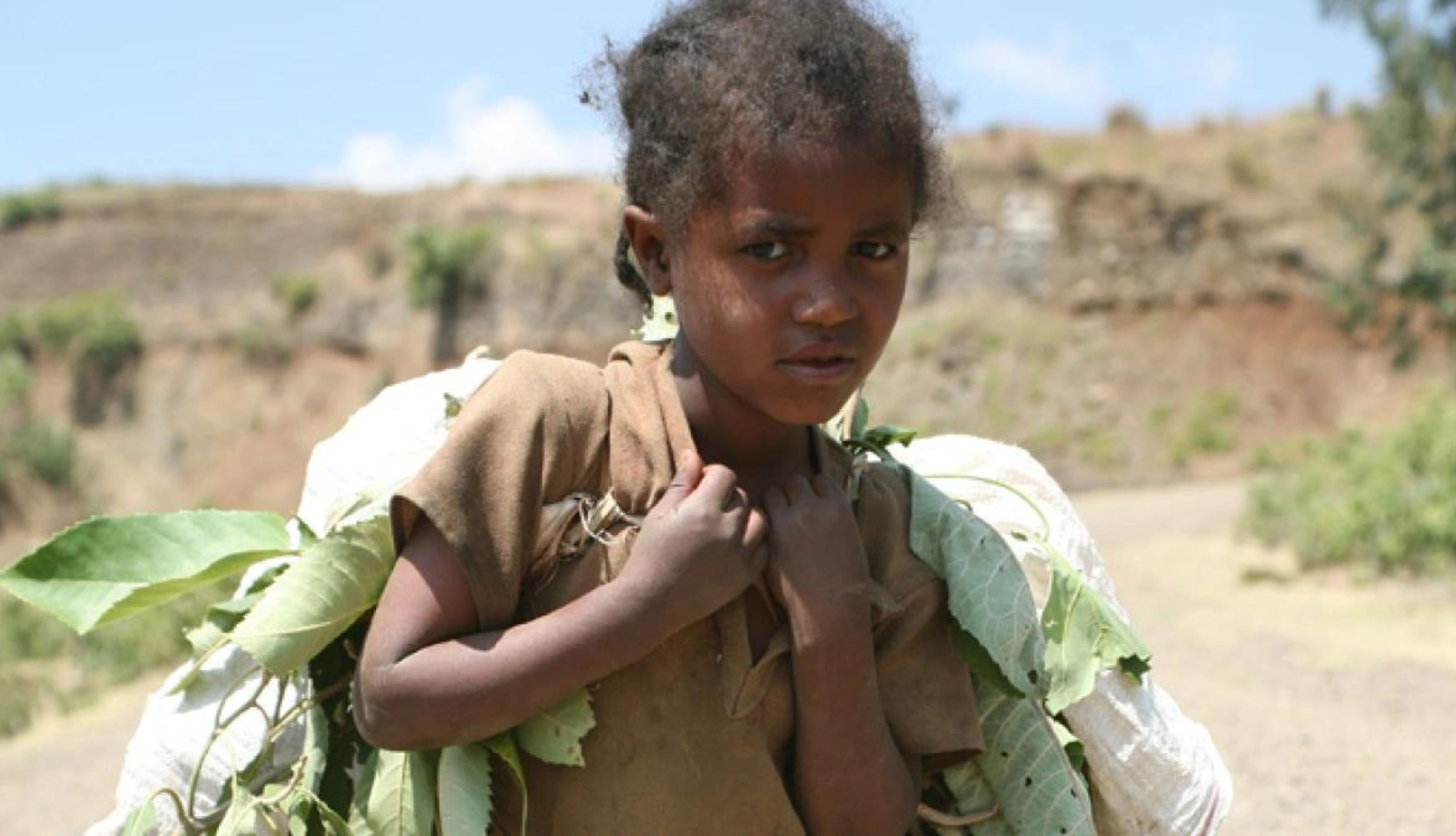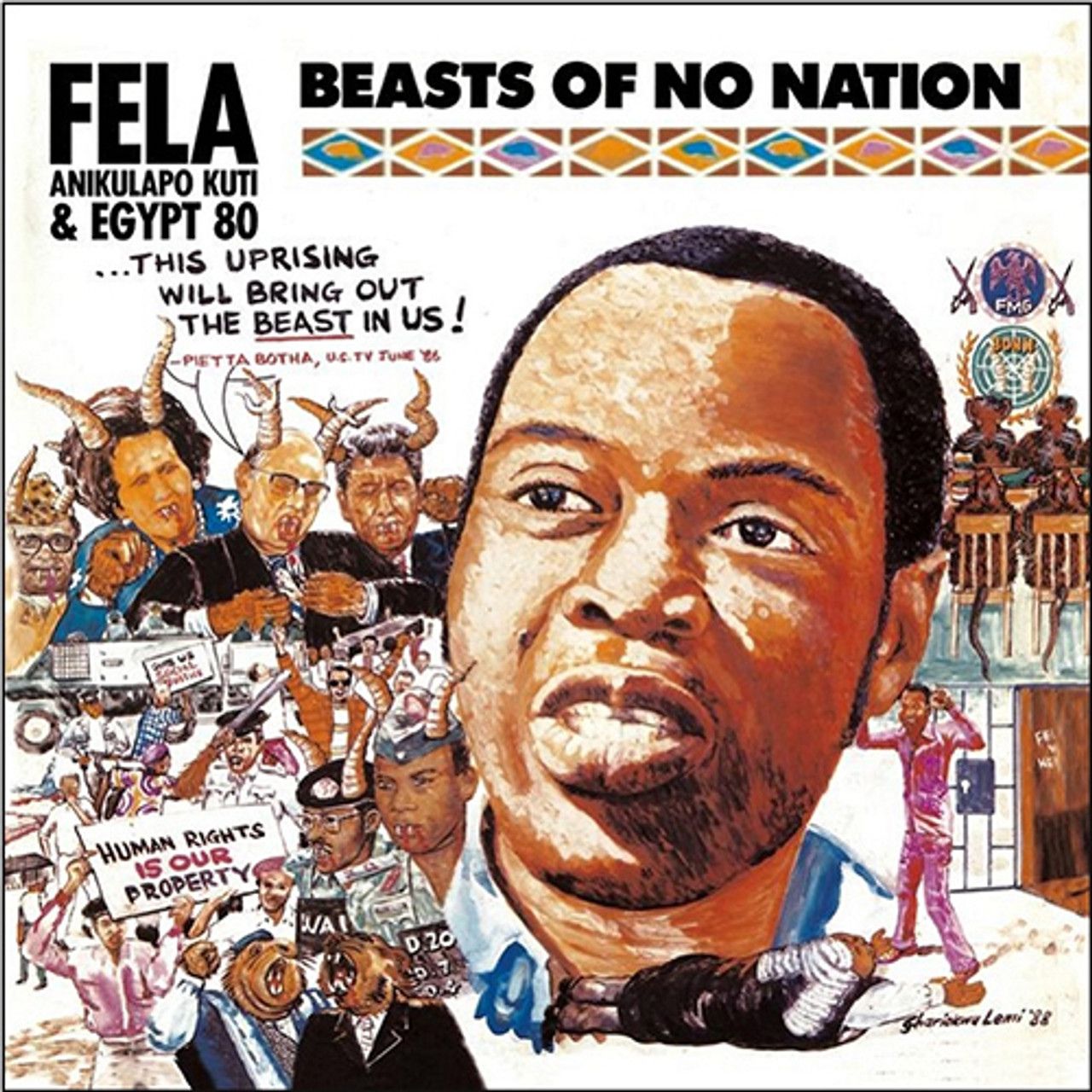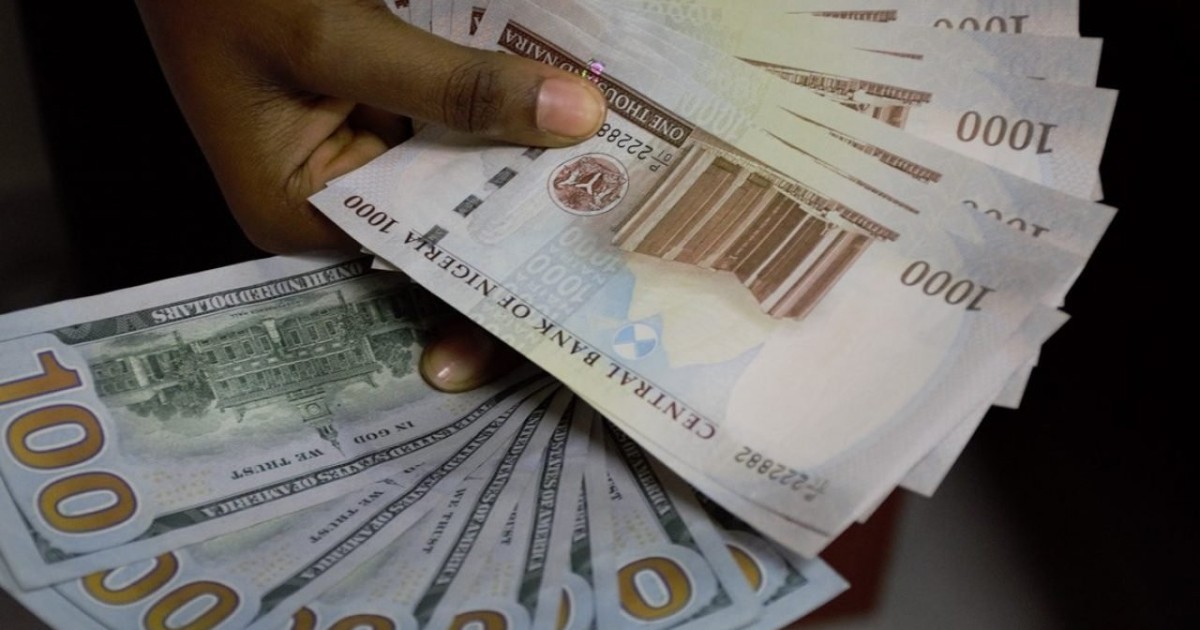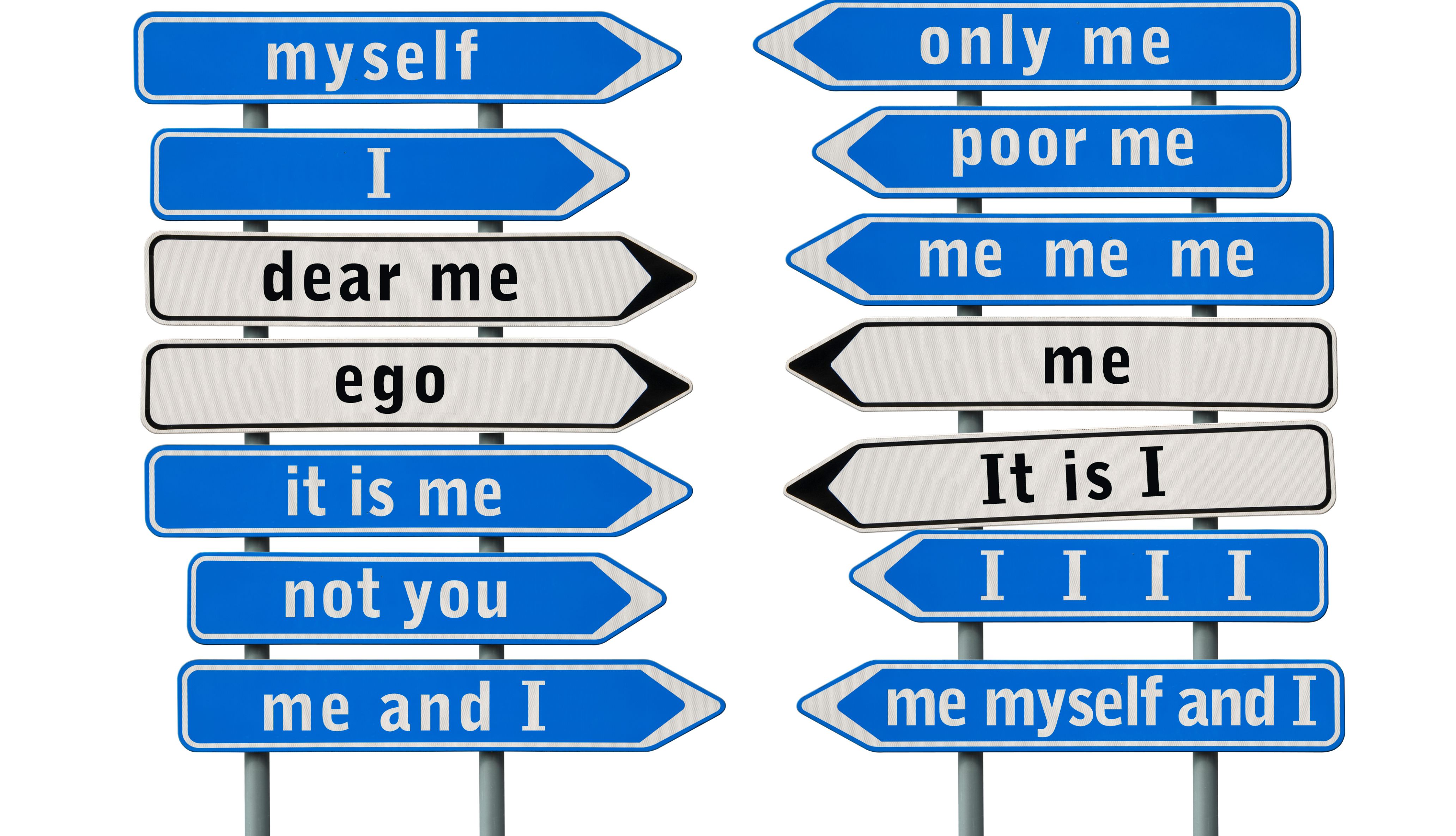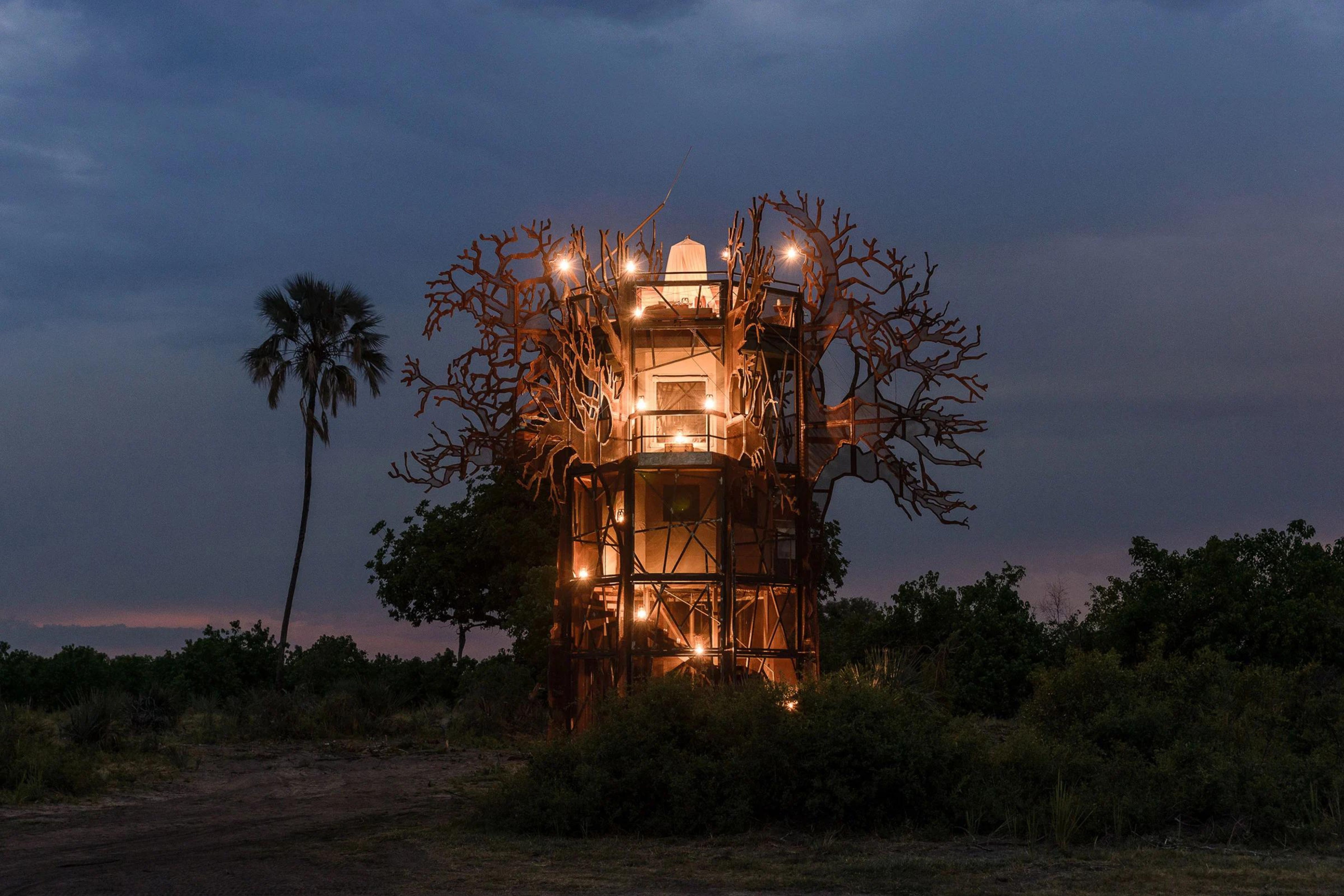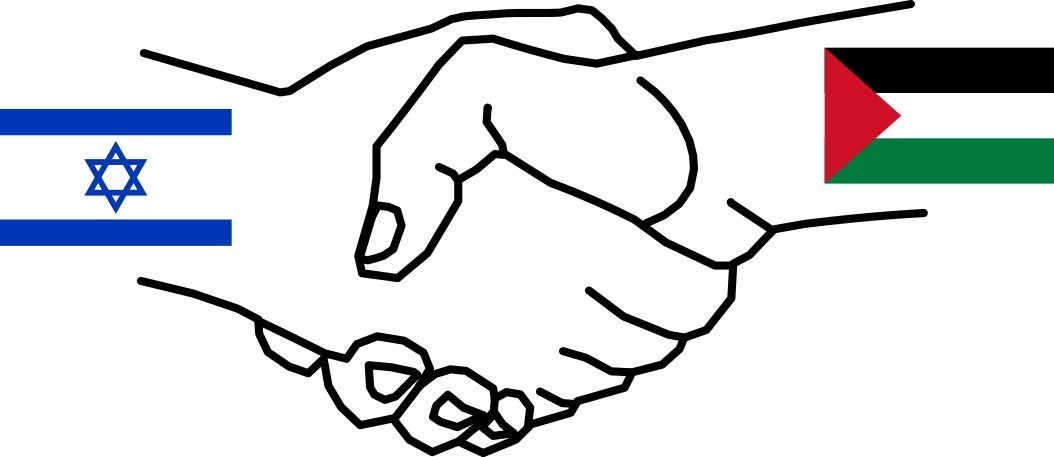The Land of Punt, is described in ancient Egyptian scripts as Ta netjer ‘the land of the gods’ and a region rich in resources. Punt is said to be the origin of the modern-day Puntland State of Somalia based on the evidence of the ancient Egyptian inscriptions. It was known for producing and exporting gold, aromatic resins, Blackwood, ebony, ivory and wild animals.
READ ALSO: The Battle of Blood River – The Voortrekkers and The Zulus
The Punt Civilization was first discovered through historical scripts in ancient Egypt. Deciphered Egyptian hieroglyphics indicate their extensive trade and socialization. Gold from Punt is recorded in Egyptian history as early as the fourth century. The Civilization was a wealthy one that produced and traded gold, ebony and silk. The people of Punt were wealthy traders who explored other civilizations creating strong bonds and promoting peace. Nothing is known of how the civilization ended or the people that inhabited it.


According to history, the ancient city of Opone in Somalia is identical to the city of Pouen referenced as part of Punt by ancient inscriptions. The Egyptians called Punt ’Pwenet’ or ‘Pwene’ which translates as Pouen known to the Greeks as Opone. It is well established that Opone traded with Egypt over many centuries.
Trading with the Land of Punt
Punt indeed seems to have been a commercial center for goods not only from within its own borders, but from elsewhere in Africa. Here, the Egyptians sought and found many items that did not exist within their lands. From Punt, they received the incense known as Antyu, which was produced in considerable quantities near Punt in the region of Utjenet, as well as ivory, ebony (hebny) and gum (Kemy). From this mystical place they also imported the skins of giraffes, panthers and cheetahs which were worn by temple priests and sometimes the live animals themselves for their own amusement or religious purposes. For example, the sacred Cynocephalus baboons were imported from Punt. Other treasures offered by the Puntites were gold (even though the Egyptians had their own gold mines), wild animals, live apes, elephants, leopard skins, ivory, spices, precious woods, cosmetics, incense, aromatic gum and frankincense and 31 incense trees ( Boswellia). This was the first time a plant species was successfully transplanted to another country. The transplant was so successful that the trees flourished in Egypt for centuries.
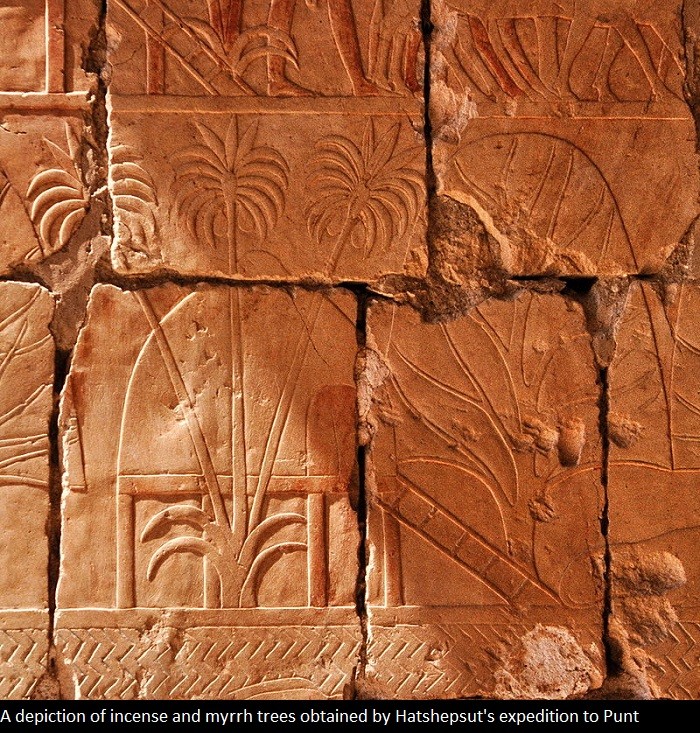

Also, due to the goods from Punt used by priests and to adorn temples, it was known as a region of God’s Land and considered a personal pleasure garden of the god, Amun. A stele in the mortuary temple of Amenhotep III (Eighteenth Dynasty) records a speech delivered by the god Amun, stating:
“Turning my face to sunrise I created a wonder for you, I made the lands of Punt come here to you, with all the fragrant flowers of their lands, to beg your peace and breathe the air you give.”
Location of the land of Punt
The exact location of the Land of Punt is still disputed by historians, scholars, archaeologists and others in the present day. Through the years it has been cited as part of Arabia, present-day Somalia or the Punt land State of Somalia at the Horn of Africa, the Sudan, Eritrea or some other internal region of east Africa. The debate continues as to where Punt was located with scholars and historians on every side offering plausible support for their claims. The two best possibilities are Eritrea and Somalia with Somalia so far, gaining the most widespread acceptance.


It would seem, however, from the reliefs telling of the expedition carved on Hatshepsut’s temple at Deir el-Bahri, that Punt was likely located in present day Punt land State of Somalia. According to historian Abdisalam Mahamoud, the ancient Somali name for their region was “Bunn”, a name referenced in texts regarding trade with Egypt as ‘Pwenet’ or Pwene’, and the region is known as “Bunni” in the present day. The culture of Punt land State of Somalia bears a number of striking resemblances to that of ancient Egypt including language, ceremonial dress, and the arts.


During the constant trading with Egypt, records indicate that Queen Hatshepsut, the fifth pharaoh and second female pharaoh of Egypt built a fleet on the Red Sea to help facilitate trade between the two civilizations. She also made a trip to the ancient city bringing with her a few things back to Egypt. Egyptian history indicates monuments, copper and carved amulets were many of the gifts that were brought into Egypt from Punt. However, the only findings include a painting depicting the Queen of Punt at the time of the Pharaoh Hatshepsut’s visit and a tree made of metal that still stands in front of Hatshepsut’s temple. The only other depictions of the Punt Civilization are paintings from historical readings and a few other carvings in Egypt.
In addition, Hatshepsut’s inscriptions claim that her divine mother, Hathor, was from Punt and other inscriptions indicate that Egyptians in the eighteenth Dynasty considered Punt the origin of their culture. Those who favor an interpretation of Somalia as Punt point to the descriptions of Hatshepsut’s and other’s expeditions. The Egyptians traveled there by boat down the Nile, through the Wadi Tumilat in the eastern Delta and on to the Red Sea. There is evidence that the Egyptian crews would disassemble their boats, carry them overland to the Red Sea, and then hug the shores as they made their way to Punt. While this description does favour an interpretation of Eritrea, the other evidence weighs heavily in favour of Somalia. The Egyptians would have hugged the coast all the way to the Horn of Africa, present day Punt land State of Somalia.


Some of the most compelling evidence for Somalia as Punt comes from work by archaeologists like Dr. Juris Zarins who argues convincingly that settlers from the Nile River Valley colonized the region of Somalia during the Neolithic Period and the two areas were linked by trade as early as the second millennium BCE. Ancient architectural and cultural evidence strongly support the Somalia connection.
Also, the twelfth Dynasty (1991-1802 BCE), Punt was immortalized in Egyptian literature in the very popular Tale of the Shipwrecked Sailor.
Today, the people of Somalia honour their ancient relationship with Egypt by keeping the language and customs. Historian Abdislam Mahamoud cites English linguist Charles Barber in describing how the language of ancient Egyptian belonged to the Hamitic group of languages which are still spoken across a large part of North Africa and include Somali. Mahamoud comments on this citing how people in modern-day Somalia continue to name their children after the ancient Egyptian gods, one example being the modern ‘Oraxthy’ from the ancient Egyptian ‘Horakhty’.
READ ALSO: Lost Pyramids of Africa – The Groundnut Hub in Northern Nigeria
Although the Land of Punt slowly vanished into mythology in ancient Egypt, its rich heritage continued on and is preserved in the present day by those who remember and honour the past.



